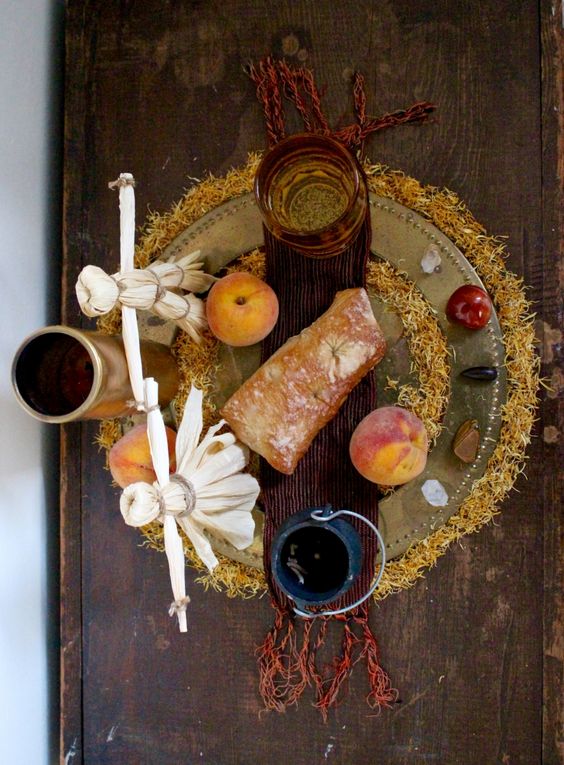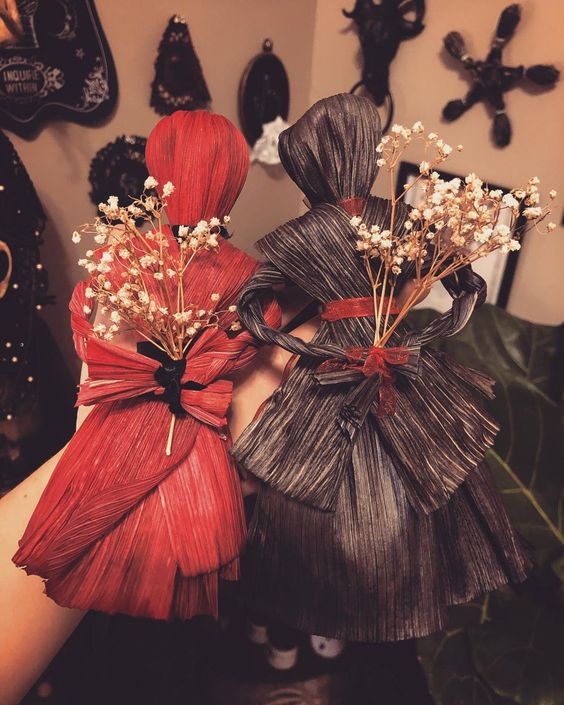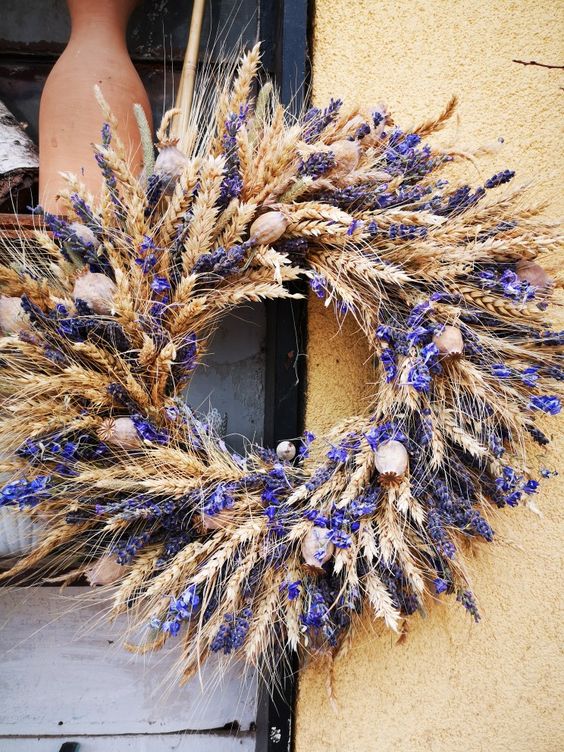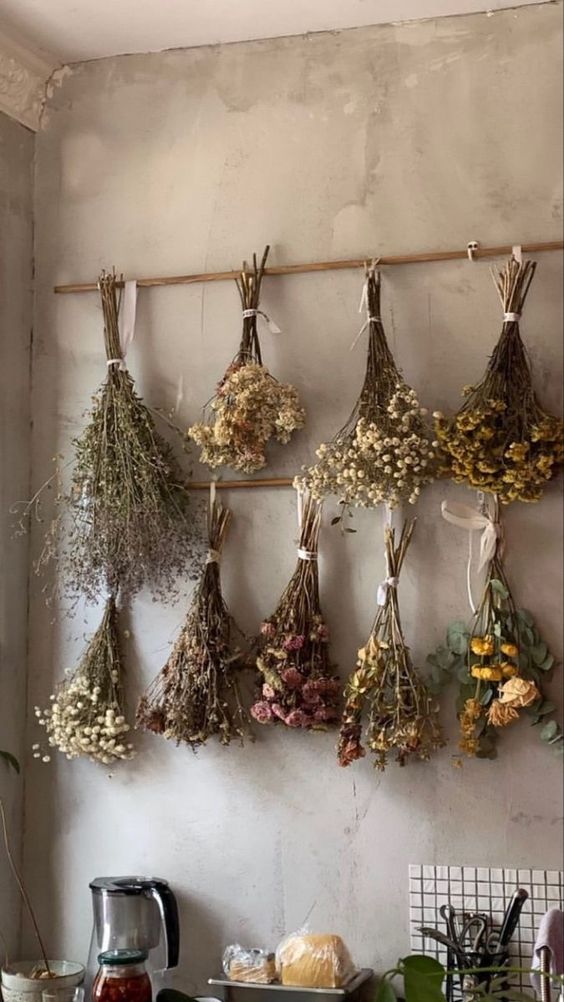Lammas, also known as Lughnasadh, is one of the four major Celtic festivals, marking the beginning of the harvest season. Celebrated on August 1st, this festival honors the first fruits of the earth and is a time for giving thanks for the abundance of the harvest. Here’s a guide to understanding and celebrating Lammas / Lughnasadh.
Table of Contents

What is Lammas / Lughnasadh?
Lammas, derived from the Old English “hlafmaesse,” meaning “loaf mass,” is a festival that celebrates the first wheat harvest of the year. It is traditionally a time when people bake bread from the new crop, symbolizing gratitude for the season’s bounty.
Lughnasadh, named after the Celtic god Lugh, is an ancient Gaelic festival marking the start of the harvest. It was traditionally celebrated with feasts, games, and fairs, emphasizing community and the sharing of resources.
Both Lammas and Lughnasadh are deeply rooted in agrarian traditions and reflect a time of gratitude, abundance, and preparation for the coming months.
Ways to Celebrate Lammas / Lughnasadh
1. Bake Bread
Baking bread is a central tradition for Lammas. Use freshly harvested grains if possible. As you knead and bake, reflect on the bounty of the earth and express gratitude. Share the bread with family and friends to symbolize community and sharing.

2. Host a Harvest Feast
Gather with loved ones for a feast featuring seasonal produce. Include dishes made from grains, fruits, and vegetables that are at their peak. Decorate your table with symbols of the harvest like wheat sheaves, corn, and sunflowers.

3. Create a Lammas Altar
Set up a small altar with items that represent the harvest, such as ears of wheat, fresh fruits, vegetables, and homemade bread. Add candles, flowers, and any items that have personal significance to you. Use this space for meditation, reflection, or rituals.

4. Nature Walk and Foraging
Take a walk in nature to connect with the earth’s abundance. Forage for wild herbs, berries, or flowers. Collect items like acorns, leaves, and stones to use in decorations or crafts. This activity grounds you and brings a sense of the season’s richness.


5. Crafting Corn Dollies
Make corn dollies from the last sheaf of the grain harvest. These figures are symbolic of fertility and protection. Use corn husks, straw, or raffia to craft your dollies, which can then be placed on your altar or given as gifts.

6. Perform a Gratitude Ritual
Take time to perform a gratitude ritual. Light a candle and write down things you are thankful for. Reflect on the growth and achievements of the past months. This can be a private moment or shared with family and friends.
7. Share Your Abundance
Lammas is a time to share your abundance with others. Donate food to a local food bank, share homemade goods with neighbors, or host a community gathering. Acts of generosity honor the spirit of the harvest.

8. Seasonal Crafts
Engage in seasonal crafts like making wreaths from wheat, corn husks, or wildflowers. Create harvest-themed decorations for your home to celebrate the season’s beauty and abundance.
9. Plant Seeds for the Future
Planting seeds symbolizes future growth and continuity. Choose late summer or fall plants that will thrive in your climate. This act connects you to the cycles of nature and the promise of future harvests.
11. Meditation and Reflection
Spend time in meditation or reflection. Focus on the themes of Lammas: abundance, gratitude, and preparation for the future. This can be a powerful way to internalize the season’s lessons and set intentions for the months ahead.
14. Create a Gratitude Journal
Start a gratitude journal to document the things you are thankful for throughout the harvest season. Regularly writing in this journal can help you cultivate a habit of gratitude and mindfulness.
15. Make Herbal Infusions
Use harvested herbs to make teas, tinctures, or infusions. Experiment with different blends and share your creations. Herbal infusions can be a wonderful way to enjoy the healing properties of plants and connect with nature’s bounty.

16. Decorate and Cook with Herbs
Herbs play a significant role in Lammas celebrations. Use herbs to decorate your home and table. Hang bundles of dried herbs like rosemary, sage, and thyme around your home. Incorporate fresh herbs into your cooking to celebrate the flavors of the season.
Important Herbs for Lammas:
- Rosemary: Symbolizes remembrance and can be used in breads and meats.
- Thyme: Represents courage and can be added to soups and roasted vegetables.
- Basil: Associated with protection and can be used in salads and sauces.
- Sage: Known for wisdom and purification, perfect for stuffing and teas.
- Mint: Represents hospitality and can be used in beverages and desserts.
- Lavender: For peace and calm, great in desserts or as a fragrant decoration.
- Marigold: Symbolizes warmth and creativity, and can be used in salads or as decorative elements.
Lammas and Lughnasadh are rich in tradition and symbolism, offering a chance to celebrate the earth’s bounty and reflect on the cycle of growth and harvest. By incorporating these activities into your celebration, you can honor the season’s spirit and create meaningful memories. Happy Lammas!